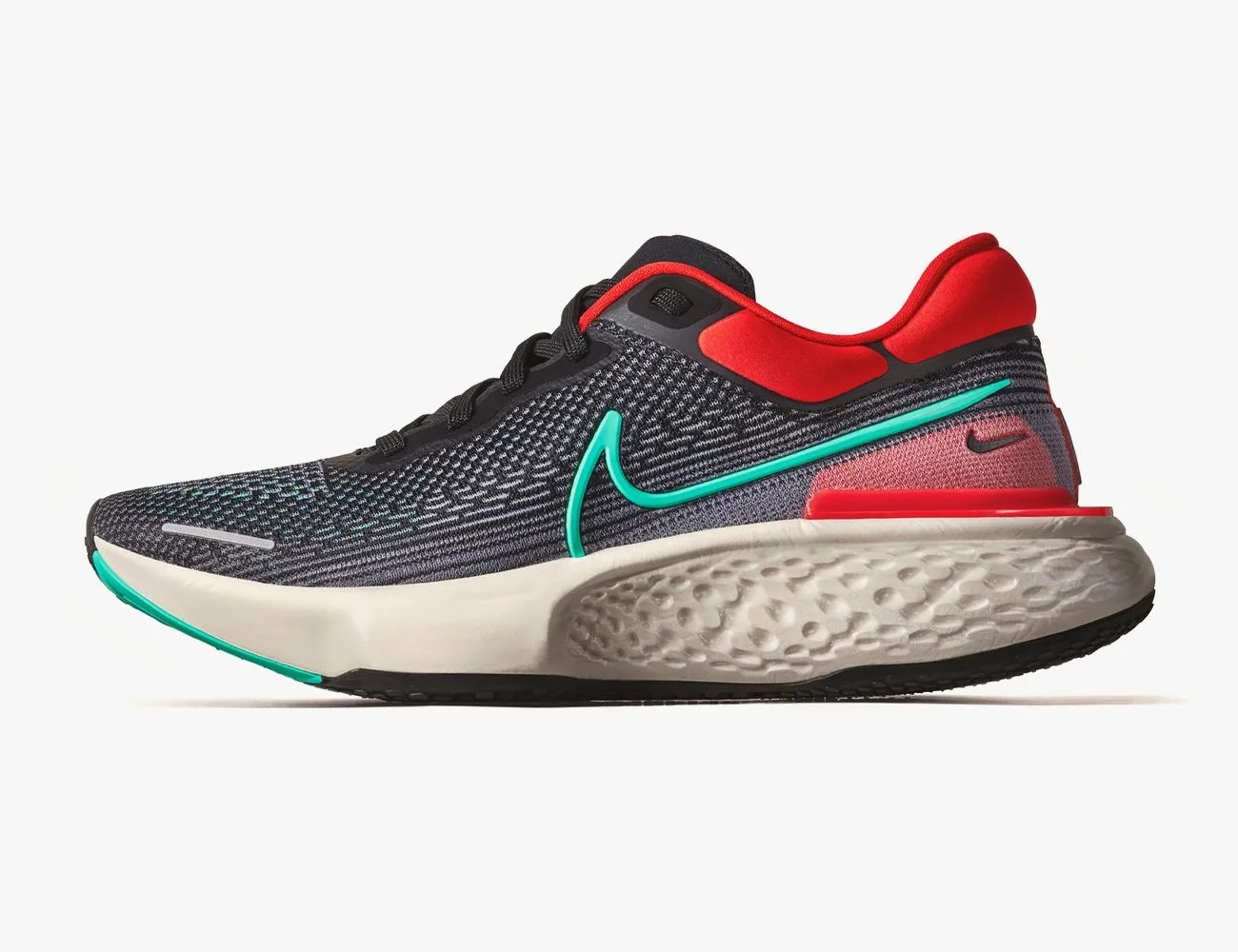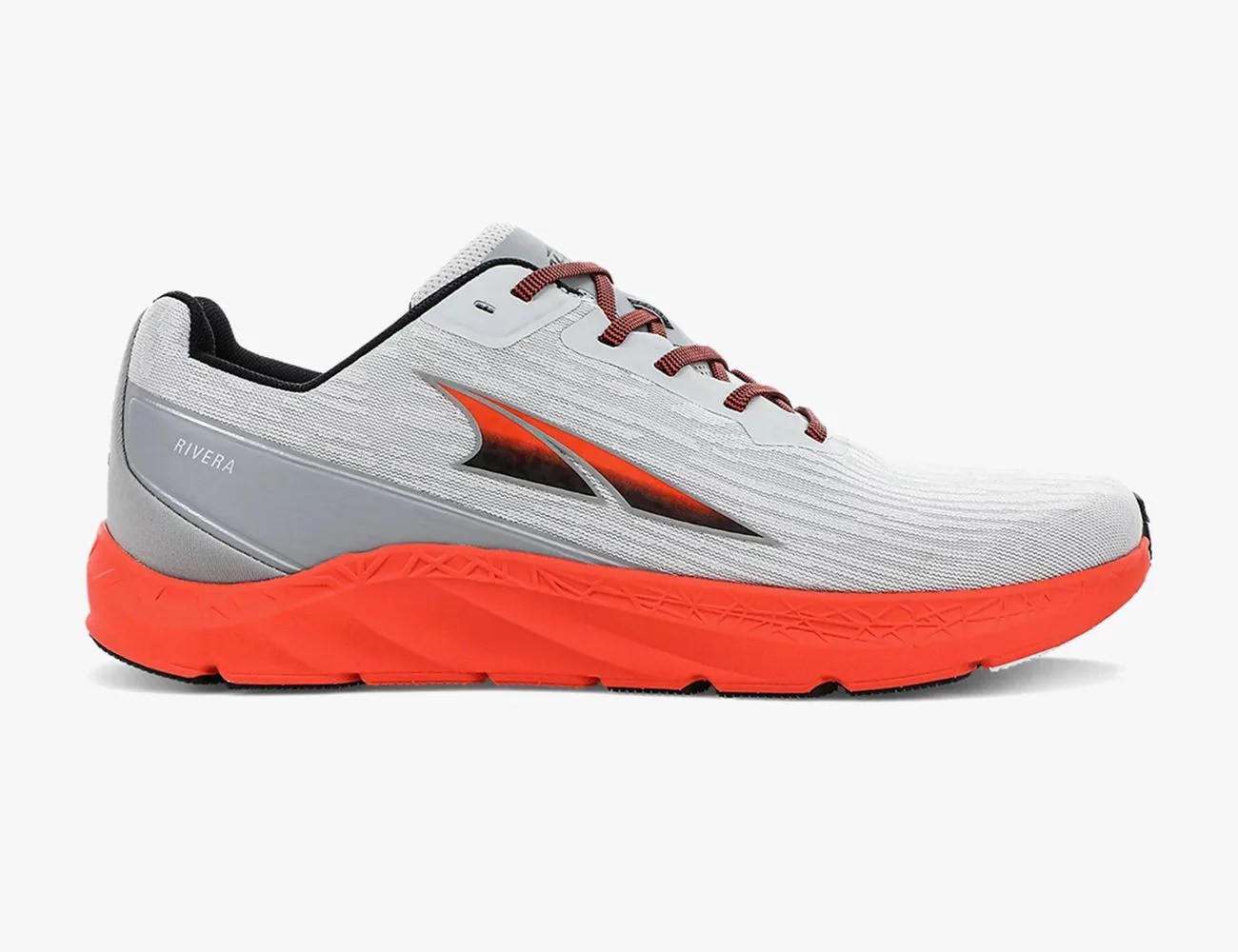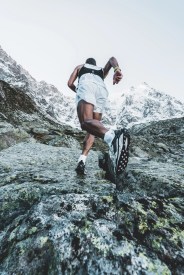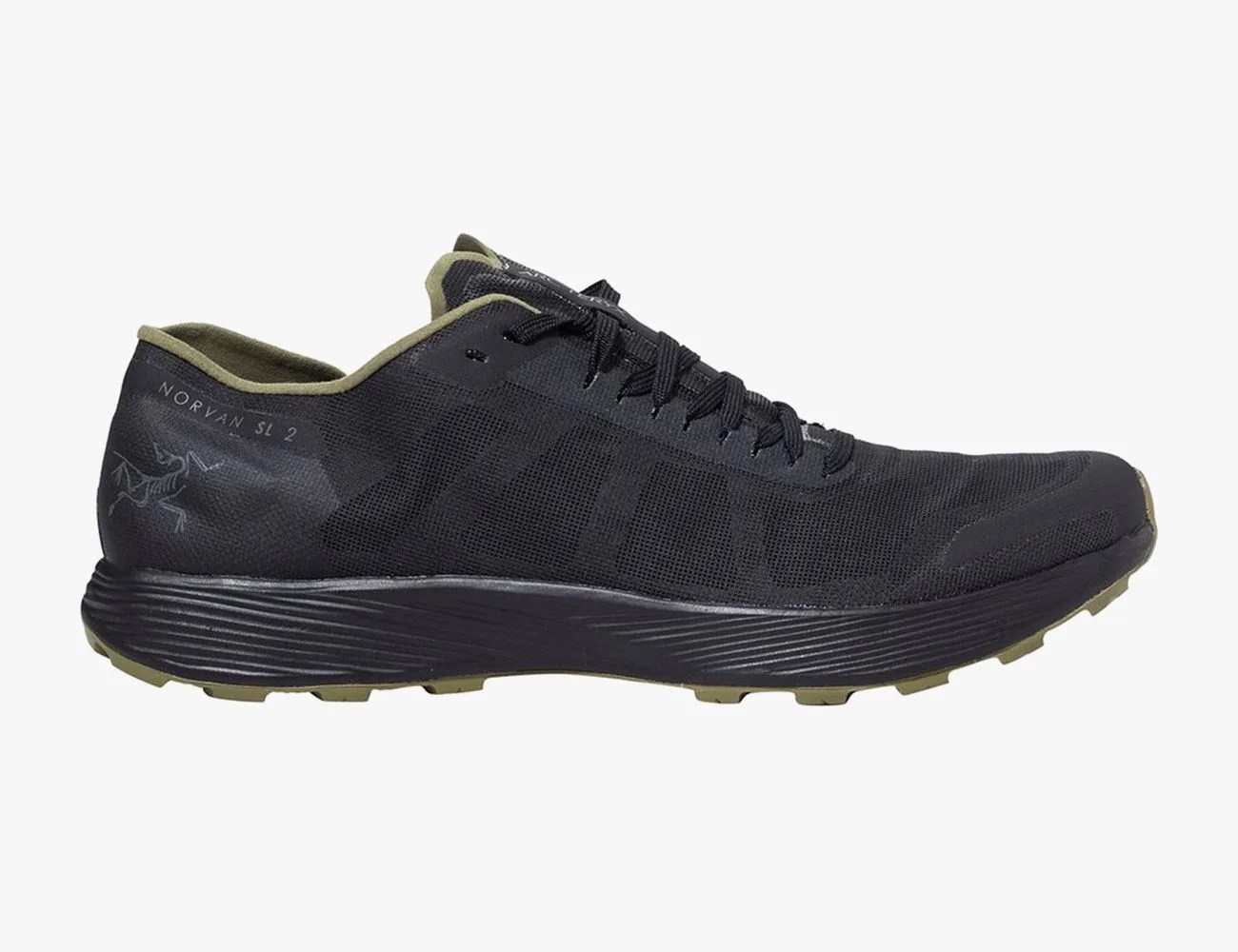Choosing a running shoe isn’t easy. Not when wall displays seem like they run 100 meters wide, and not when the theory on how to pick a pair correctly keeps changing. Shoe brands and specialty shops used to and often still seek to correct pronation — how the ankle rolls inward as it absorbs shock — despite evidence that it doesn’t actually play a role in instances of running injuries. Newer thinking says to simply go with the shoe that feels most comfortable to you.
And just last month, Outside reported on a 2020 study that raises the notion of a “habitual motion path” that describes how an individual’s joints prefer to move. The thinking is, the shoe that lets you match that path most closely is the one to go with. But assessing such a thing in a store is tricky and, right now, imprecise. Regardless, researchers say that shoe choice isn’t as impactful in causing injuries as overtraining.
Whether you find this sometimes conflicting information encouraging or paralyzing, know that we live in a golden age of running gear. There’s a shoe for every foot, for every surface and for every running routine. Here are some of the latest efforts to get you headed in the right direction.
Hoka One One Carbon X 2
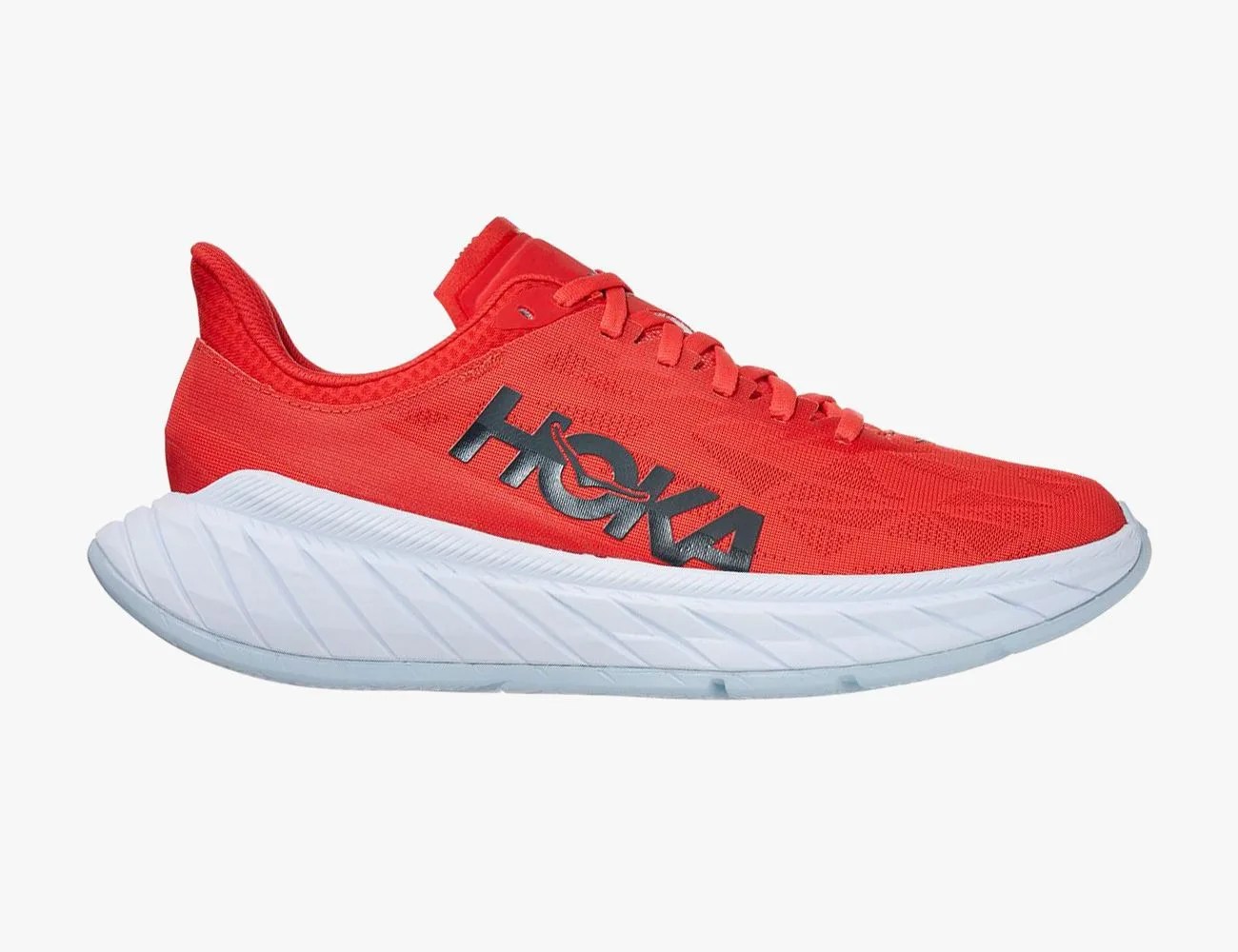 Courtesy
CourtesyWhen the first Carbon X came out in 2019, it was one of the few running shoes to feature a carbon fiber plate in its midsole for additional spring and propulsion — and the only one made for everyday runners versus elite racers. The sequel is just as fast and, in a world now thickly populated with carbon-boosted shoes, still unique. That’s due to its elongated swallow tail heel, which helps roll runners through strides, and its lightweight foam. So how fast is it? Well, Jim Walmsley wore it to run 100 kilometers in six hours, nine minutes and 26 seconds, 12 seconds short of a new world record.



